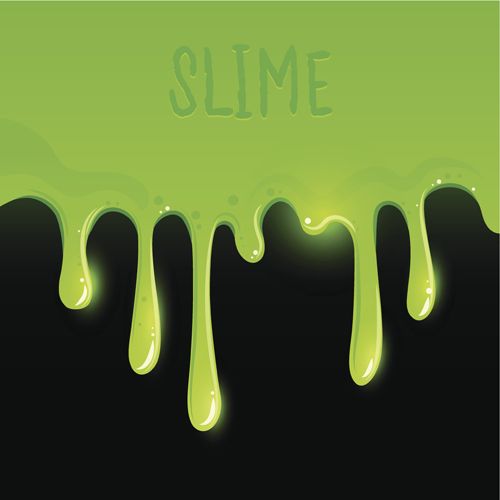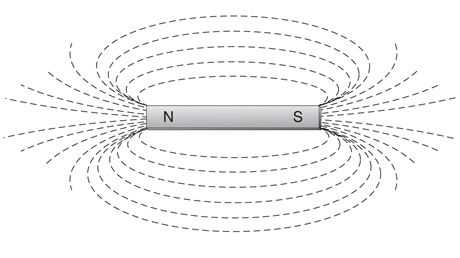My Cart
Your Shopping Cart is currently empty. Use Quick Order or Search to quickly add items to your order!
 Crystal Risko
Crystal Risko
Product Developer
Oozy, gooey, sticky, and fun, the creation of magnetic slime is a good way to get your students interested in polymers and magnetism. In this lab activity students will create a poly(vinyl alcohol) polymer that has iron(II, III) oxide incorporated into its matrix. Because of the incorporated iron(II, III) oxide, the slime is attracted to neodymium magnets.
Scientifically speaking, slime is a colloid, a type of homogeneous mixture in which 1 state of matter is integrated within another. Slime contains liquid water integrated into a solid network of cross-linked polymer chains, forming a gel. Like a solid, slime can be formed into a ball and sustain its shape (if only for a limited time). However, slime contains over 90% water and can flow like a liquid. The interactions that bind the solid and liquid parts of slime are based on the structure of its components—poly(vinyl alcohol), borax, and water. Each of these components has unique and interesting properties.
Poly(vinyl alcohol), also known as PVA, is a polymer used to make plastics, such as chemical-resistant films, surface coatings, and molding compounds. The term polymer comes from the Greek poly, meaning “many,” and meros, meaning “part.” A polymer is a large molecule made up of many smaller molecules, called monomers. In Greek, mono means “one.” As the name suggests, poly(vinyl alcohol) is made of the monomer vinyl alcohol.
Borax is the common name for sodium tetraborate decahydrate, Na2B4O7 • 10H2O, also called sodium borate. Borax occurs naturally and is used in laundry and cleaning products. It is a mineral sediment formed after repeated evaporation of seasonal lakes. Borax is the salt of a strong base and a weak acid. When added to water, borax forms the borate ion.
When PVA and borax are mixed, the borax connects chains of PVA in such a way that a 3-dimensional network of chains is formed (Fig. 1).

Some of both the water molecules that are produced and the water molecules that are already present are trapped in the polymer cross-links. This is due to electrostatic attraction (positive to negative) between the PVA/borate polymer and the water.
Magnetism is the ability of a material to attract iron and produce a magnetic field. The word magnet comes from the Greek word, magnes, meaning “the stone of Magnesia.” In the region known as Magnesia, the Greeks found a magnetic iron ore called lodestone that attracted other iron-containing materials. Magnetism does occur naturally, as the Greeks discovered, but it also can be created or “induced” in certain materials, especially iron, nickel, and cobalt. In many instances, this magnetic property is weak or temporary. Whether natural or induced, permanent or temporary, each magnet produces a magnetic field. A magnetic field is an area where magnetic lines of force can be felt or measured. These lines of force seem to “flow” through and around the magnet, out from the north pole, then back in through the south pole of the magnet (Fig. 2).

Scientists use the orientation of magnetic domains to help explain the behavior of magnets. A magnetic domain is a molecule of a substance that acts as a tiny magnet and exhibits a tiny magnetic field. In non-magnetic objects, the domains are oriented randomly (Fig. 3 left). As a result, the magnetic fields cancel each other out. In magnetic objects, however, most or all of the domains are oriented in the same direction; they are aligned so that their magnetic fields combine to create a net magnetic field (Fig. 3 right).
